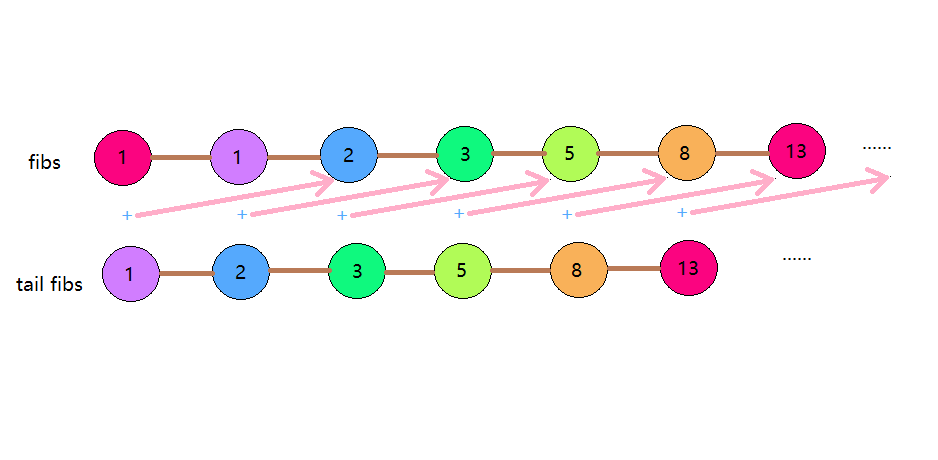
函数式的动态规划
动态规划是一类很常用的算法,在C/C++/Java中一般使用于数组进行记忆化。而函数式编程语言一般无法方便地操作数组这些依赖副作用的数据结构,函数式的记忆化便要另寻他法。
本文就是一个简单的笔记,用一些代码片段展示我所知的函数式动态规划的技巧。
(2020/5/17,时隔五个月后的更新,新增Memocombinators)
Course-of-Values Recursion
Course-of-Values Recursion是我认为最直观的一种技巧,就是将遍历过的结果当作返回值的一部分保留下来,在递归的时候可以取得运算过的值。
对于递归函数f,定义一个辅助的函数bar
则原递归函数f可以用bar表示出来:
斐波那契数列:
fibBar :: Int -> [Int]
fibBar 0 = [0]
fibBar 1 = 1:fibBar 0
fibBar n = let course = fibBar (n-1) in -- [fib(n-1)..fib(0)]
let p = course !! 0 in -- fib(n-1)
let pp = course !! 1 in -- fib(n-2)
p + pp : course
-- >>> fibBar 10
-- [55,34,21,13,8,5,3,2,1,1,0]
--Binary Partitions:
数的二次幂拆分方法有多少种,其状态转移方程为:
则:
bpBar n
| n == 0 = [1]
| even n = let course = bpBar (n-1) in
let pred = course !! 0 in -- bp (n-1)
let half = course !! (n-1 - n `div` 2) in -- bp (n/2)
pred + half : course
| otherwise = let course = bpBar (n-1) in head course : course
-- >>> bpBar 20
-- [60,46,46,36,36,26,26,20,20,14,14,10,10,6,6,4,4,2,2,1,1]
--但遗憾的是,其复杂度并不是O(n),因为每次都会索引链表,这很糟糕。
0-1背包问题:
其状态转移方程为:
这里也需要将这个n*W状态空间塞到course里:
则:
type Weight = Int
type Value = Double
type Items = [(Weight, Value)]
knapsack :: Items -> Weight -> Value
knapsack items capacity = head $ bar items capacity where
bar :: Items -> Weight -> [Value]
bar [] 0 = [0]
bar (_:items) 0 = 0 : bar items capacity
bar [] y = 0 : bar [] (y-1)
bar ((w, v):it







 最低0.47元/天 解锁文章
最低0.47元/天 解锁文章















 7087
7087











 被折叠的 条评论
为什么被折叠?
被折叠的 条评论
为什么被折叠?








